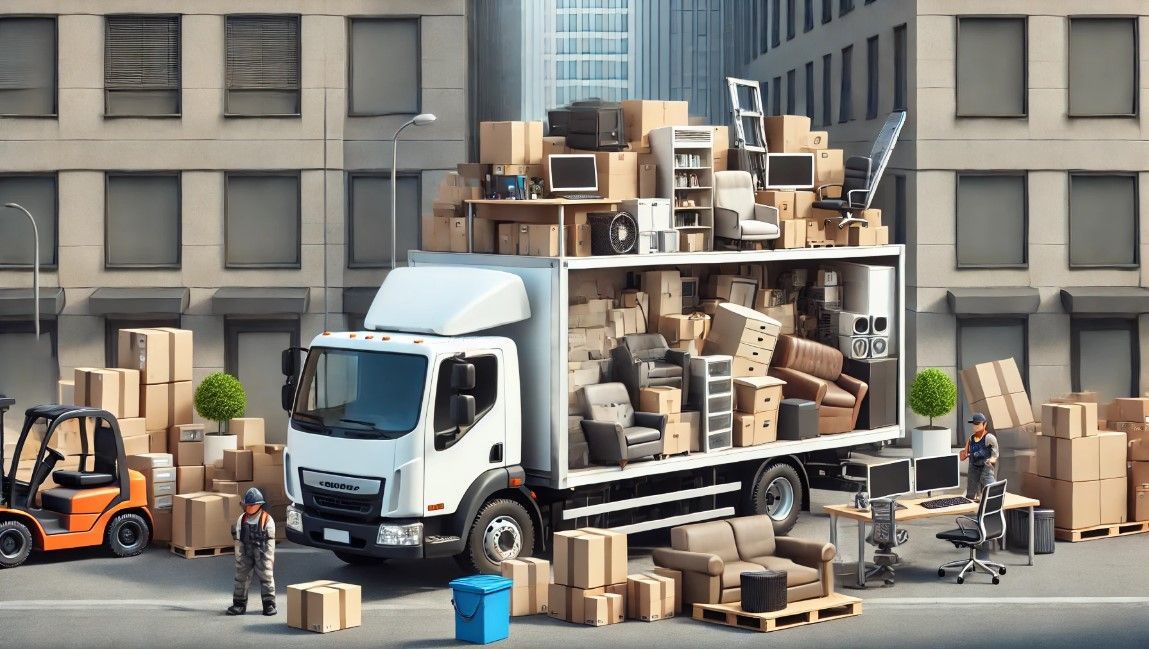
How to Effectively Manage Commercial Junk Removal for Your Business
Every business accumulates junk—whether it’s outdated office furniture, old electronics, or heaps of paperwork that you just don’t need anymore. But letting clutter build up in your office or commercial space isn't just an eyesore—it can reduce productivity, create safety hazards, and even affect your company's reputation. In this comprehensive guide, we’ll show you how to tackle commercial junk removal efficiently so you can keep your business running smoothly and clutter-free.
What Is Commercial Junk Removal and Why Does It Matter?
Commercial junk removal refers to the process of disposing of large amounts of waste generated by businesses. This could include office equipment, electronics, construction debris, or any other type of commercial waste. Unlike residential junk removal, commercial junk often involves larger volumes and may require specialized handling due to local regulations and environmental concerns.
Why Is Commercial Junk Removal Important?
- Boosts productivity: A clean, organized workspace leads to increased focus and efficiency.
- Ensures safety: Removing hazards like broken furniture or equipment reduces the risk of accidents.
- Improves business image: A tidy office space reflects positively on your brand.
- Compliance with regulations: Proper disposal ensures your business follows local waste management laws.
- Supports sustainability: Recycling and responsible disposal reduce your environmental footprint.
Step-by-Step Guide to Efficient Commercial Junk Removal
Step 1: Assess Your Junk Removal Needs
Before you start, it’s important to understand what you’re dealing with. Take an inventory of the items that need to be removed.
- Conduct a walk-through: Identify areas where junk has accumulated.
- List items: Categorize them as recyclable, donatable, or trash.
- Estimate volume: Knowing the size and type of items will help you decide whether to handle the task internally or hire a professional service.
Step 2: Develop a Junk Removal Plan
Planning ahead can save your business time and money.
- Set a timeline: Decide if you want to handle junk removal during business hours or after hours to minimize disruptions.
- Assign responsibilities: Designate a team member to coordinate the process.
- Arrange for disposal: Contact local recycling centers or charities if you have items that can be reused.
Step 3: Sorting and Categorizing Junk
Breaking down your junk into categories makes disposal easier and more efficient:
- Recyclable items: Paper, cardboard, metals, and certain plastics.
- Electronics: Computers, printers, and other e-waste must be disposed of responsibly.
- Furniture and large items: Old desks, chairs, and shelving units can often be donated or recycled.
- General waste: Items that can’t be reused or recycled and must go to a landfill.
The Benefits of Hiring a Professional Junk Removal Service
Handling commercial junk removal in-house might seem like a cost-saving measure, but it often leads to hidden costs in time, labor, and disposal fees. Here’s why hiring professionals is a smart choice:
- Time efficiency: Professional services handle the heavy lifting, allowing your employees to focus on their work.
- Proper disposal: They understand local regulations and ensure items are disposed of correctly.
- Specialized equipment: They have trucks and tools to handle bulky items safely.
- Eco-friendly practices: Many services prioritize recycling and donations, reducing waste in landfills.
| Criteria | DIY Approach | Professional Service |
|---|---|---|
| Cost | Minimal, mainly disposal fees | Higher, but includes labor costs |
| Time | Longer, especially for large jobs | Quick and efficient |
| Physical Effort | Requires lifting and transport | Handled by professionals |
| Environmental Impact | Requires knowledge of local disposal laws | Services often recycle and donate |
Tips for Sustainable Commercial Junk Removal
Businesses have a responsibility to reduce their environmental footprint. Here’s how you can make your junk removal process more eco-friendly:
- Donate usable items: Partner with local charities to donate old furniture and electronics.
- Recycle e-waste: Electronics contain hazardous materials that shouldn’t end up in landfills. Use certified e-waste recyclers.
- Use eco-friendly disposal services: Some junk removal companies specialize in green disposal practices.
- Implement a waste reduction policy: Encourage your team to reduce waste by reusing and recycling where possible.
Common Challenges in Commercial Junk Removal (and How to Overcome Them)
Challenge 1: Lack of Time
Commercial spaces are often busy with day-to-day operations, leaving little time for junk removal.
Solution: Schedule junk removal during off-hours or hire a professional service that works around your business schedule.
Challenge 2: Uncertainty About Disposal Rules
Improper disposal can lead to fines and penalties.
Solution: Consult with local authorities or hire experts who are knowledgeable about waste management laws.
Challenge 3: Handling Hazardous Materials
Items like old batteries, chemicals, or fluorescent bulbs require special disposal methods.
Solution: Hire certified professionals to handle hazardous waste safely.
FAQs on Commercial Junk Removal
Q1: What types of businesses can benefit from junk removal services?
Any business that generates waste, including offices, retail stores, warehouses, and construction sites, can benefit from professional junk removal.
Q2: How often should businesses schedule junk removal?
It depends on the volume of waste. Offices may only need it quarterly, while construction sites might require weekly or even daily services.
Q3: Can junk removal services help with e-waste disposal?
Yes, many services specialize in responsibly recycling electronics, ensuring that hazardous materials don’t end up in landfills.
Q4: Are there eco-friendly junk removal options?
Absolutely. Many junk removal companies focus on recycling and donating items to minimize landfill waste.
Quick & Reliable
We are available by phone or email
CITIES WE SERVICE
Benton, LA
Minden, LA
SERVICES
All Rights Reserved | LEFTOVERS Junk Hauling & Roll-Off Dumpsters
